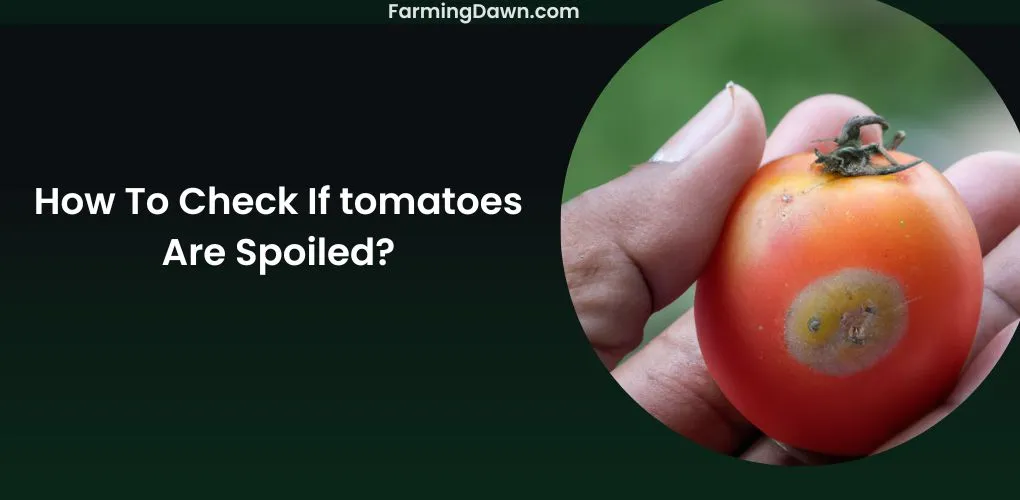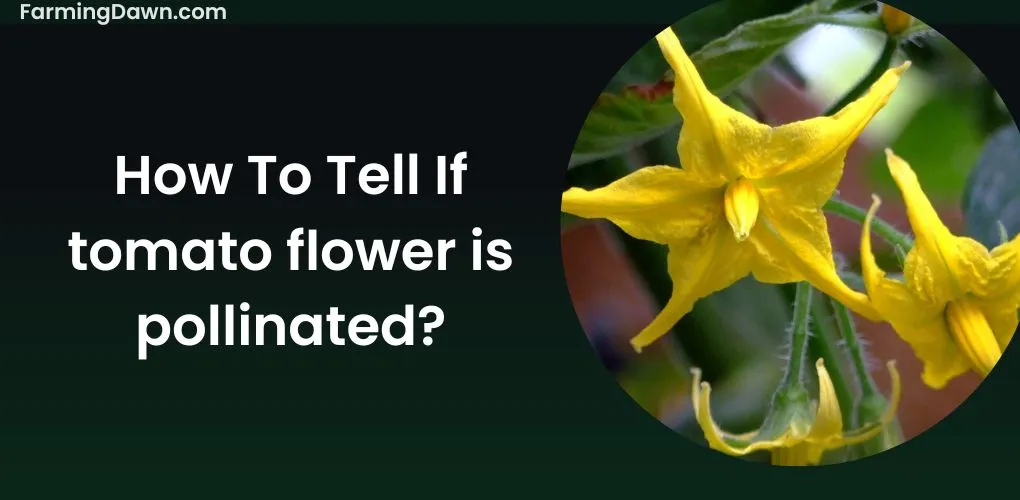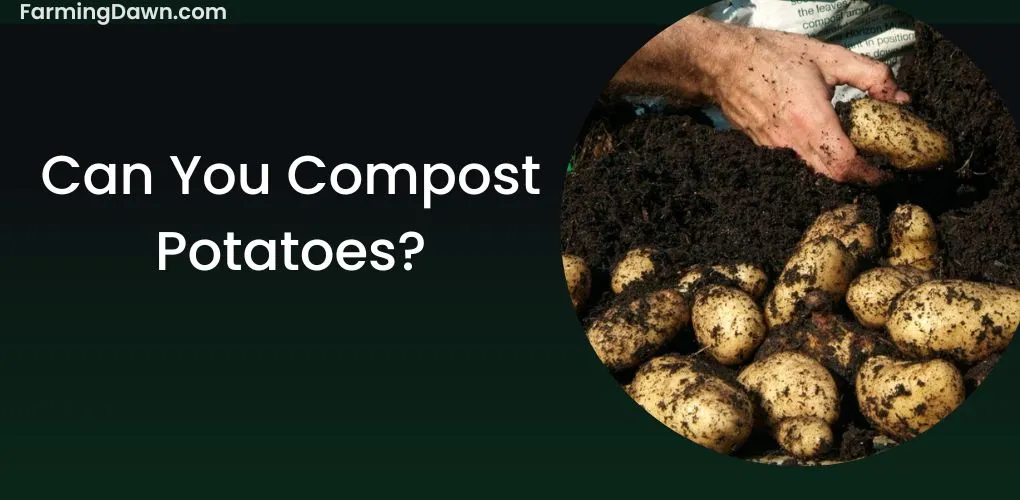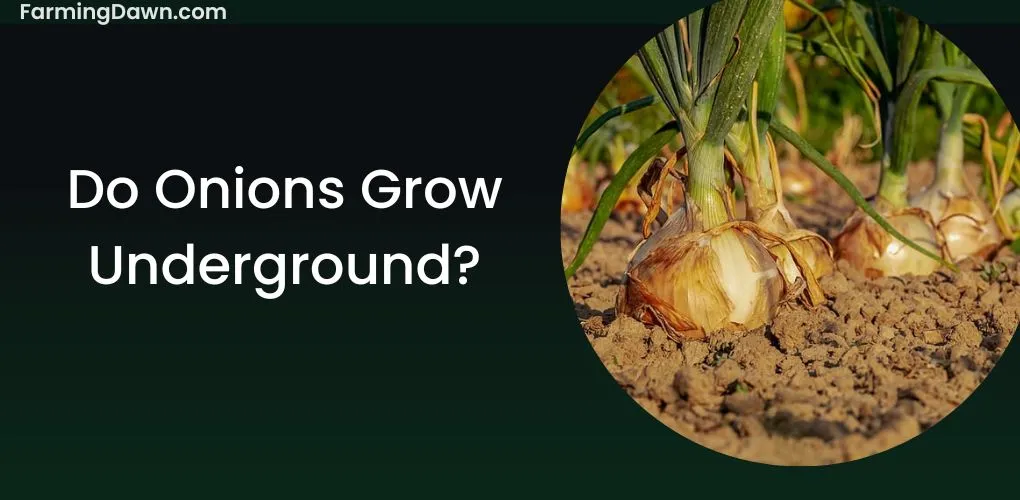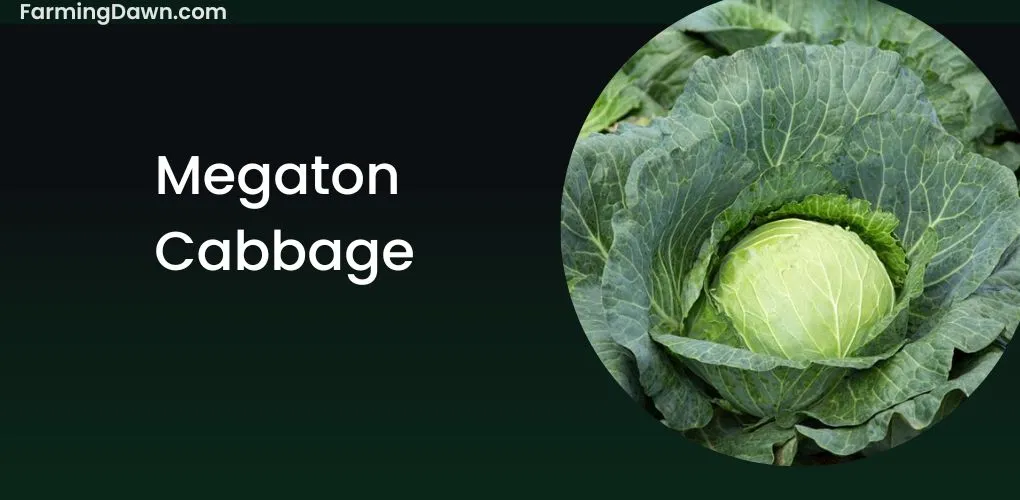You may have found yourself wondering if that juicy tomato in your fridge is still good to eat. No one likes throwing away food, so it’s important to know how to check for spoilage before you dig in. Fortunately, there are a few simple steps to take when inspecting tomatoes for spoilage.
In this article, I’ll provide you with practical tips on how to check if tomatoes are spoiled and help you keep your produce fresh and delicious! With these tips, you can rest assured that the tomatoes you’re eating are safe and tasty. Let’s get started!
Signs of Spoiled Tomatoes
You can easily tell if your tomatoes have gone bad – just look and listen! Here is the following to tell if tomatoes are spoiled or not:
- Changing the color of tomatoes.
- Mold on tomatoes.
- Changing smell
- The increased softness of mushiness
- If you notice any liquid seeping out from within a tomato, this is another sure sign of spoilage and should be discarded immediately.
Let’s discuss these points in detail one by one and get the best practices for saving tomatoes from spoilage.
Related: how to care for Tomatoes?
Examining the Color of Tomatoes
By looking closely, you can get an idea of the freshness of tomatoes – if they’re too pale or discolored, it’s probably best to pass them up. A tomato’s color is a great indicator of its ripeness and whether it has gone bad.
Healthy tomatoes should be vibrant in hue with a glossy sheen, depending on their variety. If your tomatoes look dull and lackluster, that’s a sign they may have been picked too soon or are starting to spoil.
Tomatoes that have started to rot will usually show signs of blackening near the stem end or at any bruises or cuts in the skin. You can also check for soft spots which indicate decay and lack of freshness.
To ensure you’re picking out the healthiest tomatoes possible, go for those with bright colors and no blemishes as these are likely fresher than others!
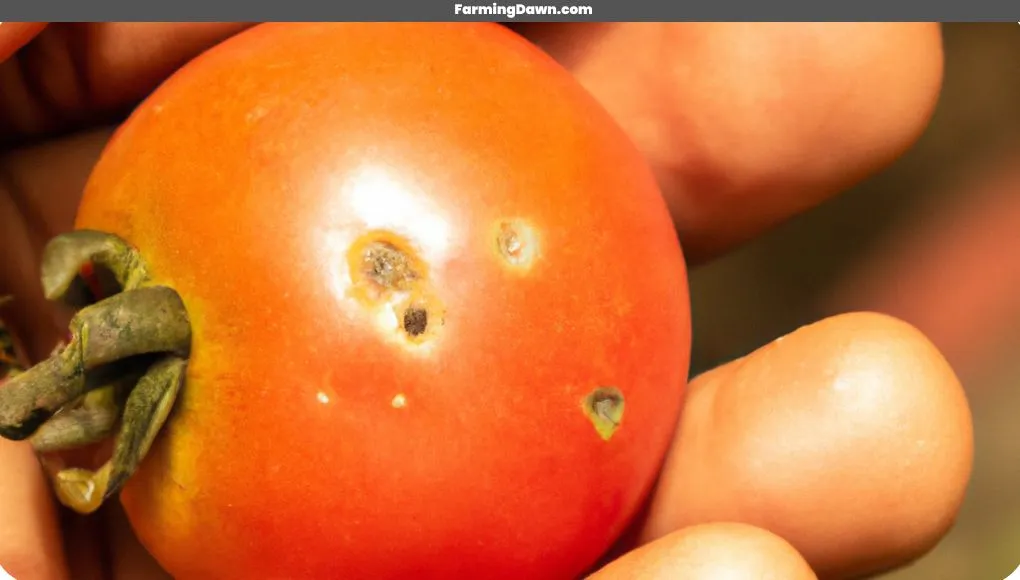
Smelling Tomatoes for Spoilage
Smell the tomato to quickly determine if it’s gone bad – a pungent odor is a sure sign that it’s past its prime! Using your nose can be an effective way to distinguish between fresh and spoiled tomatoes.
If you detect any odors, such as vinegar or ammonia, then the tomato has likely gone off. Not only is this a useful way of assessing spoilage, but it also allows you to inspect multiple tomatoes at once in order to determine their level of freshness.
See more: How to care for aerogarden tomatoes?
Checking for Mold or Discoloration
Take a close look at the tomatoes to determine if any mold or discoloration is present – it’s a sure sign that they’re not fresh!
Mold can start as small spots and quickly spread throughout the tomato, so keep an eye out for it. Discoloration can also be a telltale sign of spoilage, such as yellow or brown patches on otherwise red tomatoes.
If you notice either of these signs, then it’s best to throw them away and buy some fresher ones.
When selecting tomatoes from your pantry, always choose those that feel firm and have no blemishes; this will ensure you get the best quality products with maximum taste and nutrition.

Overripe Tomatoes Are A Sign of Tomato Spoilage
Feel the texture of the tomatoes in your hand – if they’re too soft or mushy, then it’s likely that they’ve become overripe.
To help avoid this, inspect your tomatoes for any signs of bruising or discoloration before purchasing. If you pick up a tomato and can feel its delicate skin give way under your fingers, it means that it’s already started to spoil.
Even if the tomato looks perfect on the outside, an overly soft texture is still a sign that you should put it back and find another one.
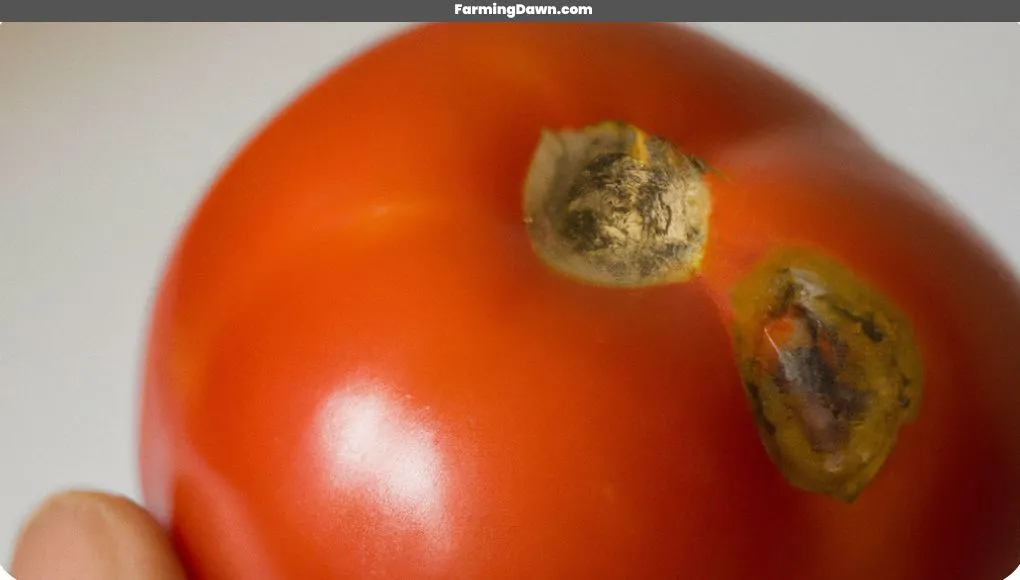
Proper Storage for Tomatoes to Prevent Tomato Spoilage
When it comes to tomatoes, proper storage is key to keeping them fresh and flavorful for longer. You can carry out the following steps for the proper storage of tomatoes:
- To avoid spoilage, store your tomatoes at a cool room temperature.
- Avoid storing your tomatoes in the refrigerator as this can cause them to become mealy and lose their flavor.
- Keep your tomatoes at a temperature between 55°F and 70°F with high humidity levels (at least 90%).
- Place the tomatoes stem side down and keep away from direct sunlight or other sources of heat which can cause them to quickly rot or spoil.
- Try not to stack too many tomatoes together as this will reduce air circulation around each individual tomato causing bacteria growth leading to spoilage.
How to Check If Tomatoes Are Spoiled? Conclusion
Now that you know how to check for spoiled tomatoes, you can make sure to buy and store them properly. Remember that if the color of the tomato is dull or discolored, it’s likely spoiled. And if it has any mold or an unpleasant smell, it should be thrown away immediately.
You don’t have to waste your time or money on tomatoes that are past their prime. By following these tips, you can ensure your tomatoes stay fresh and tasty for as long as possible. With a little effort and care, you’ll never have to worry about throwing away spoiled tomatoes again!

